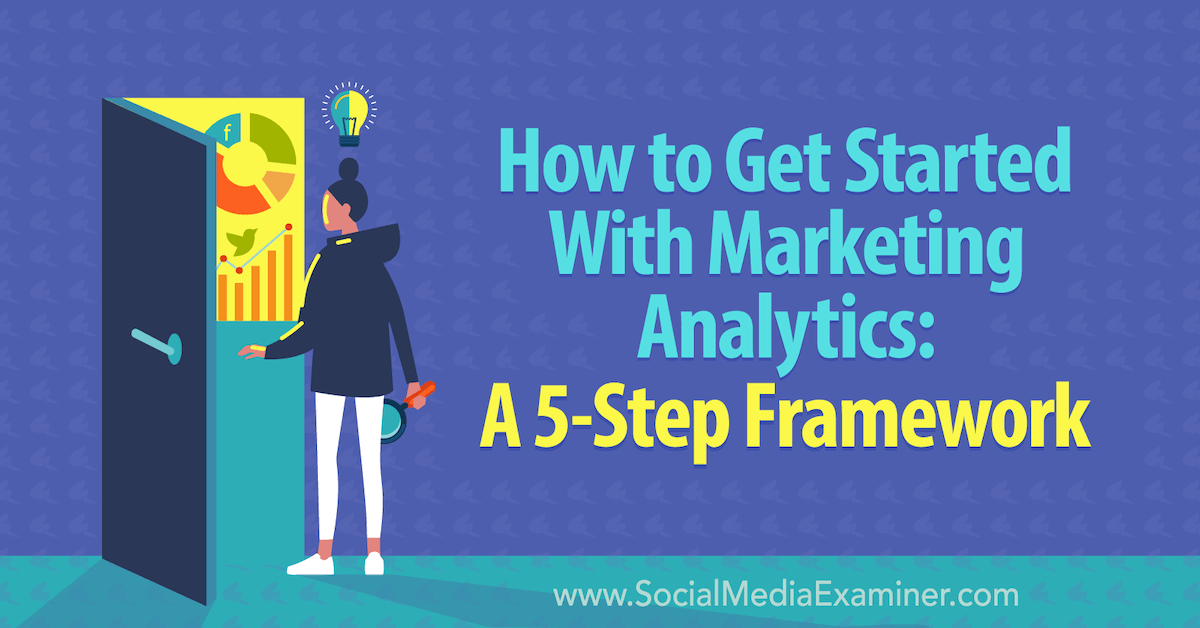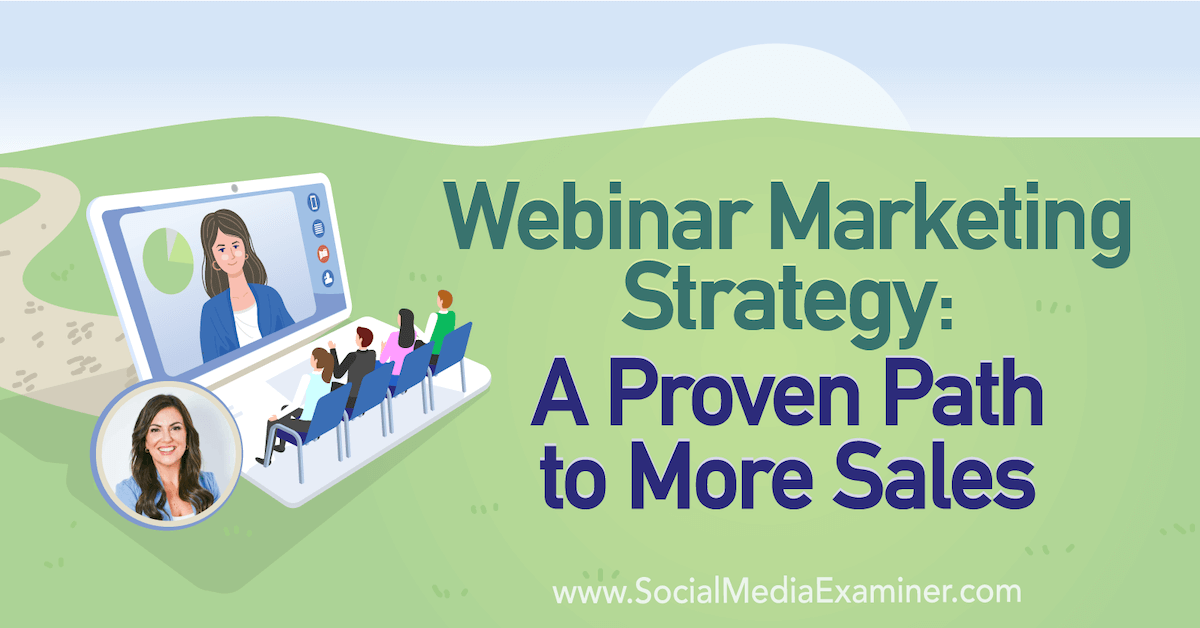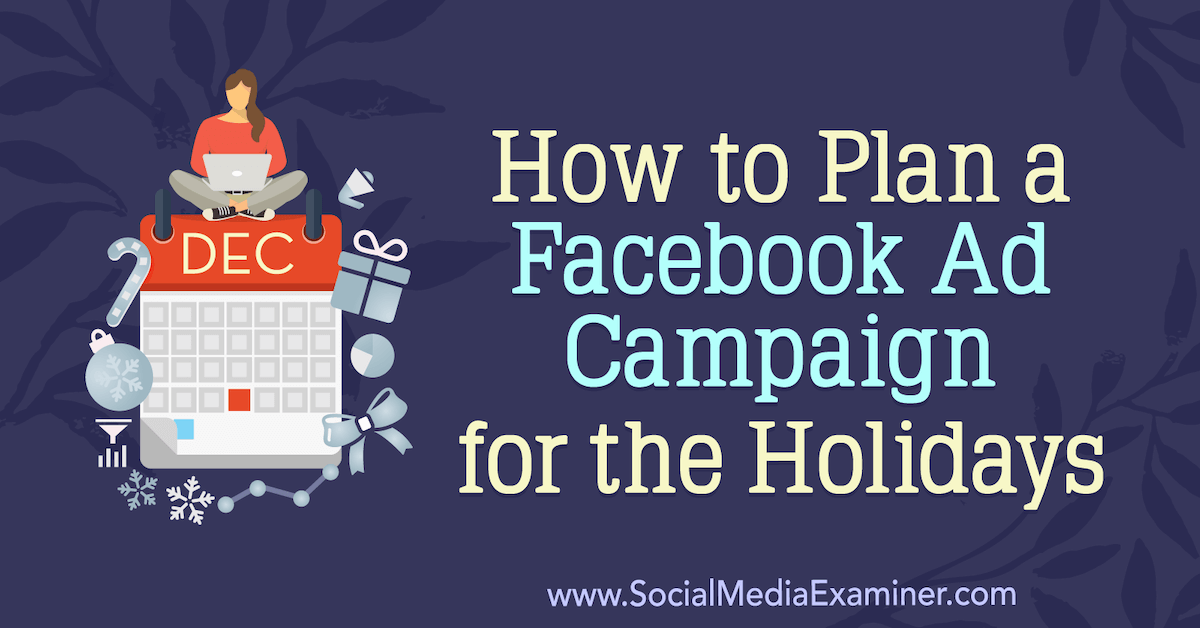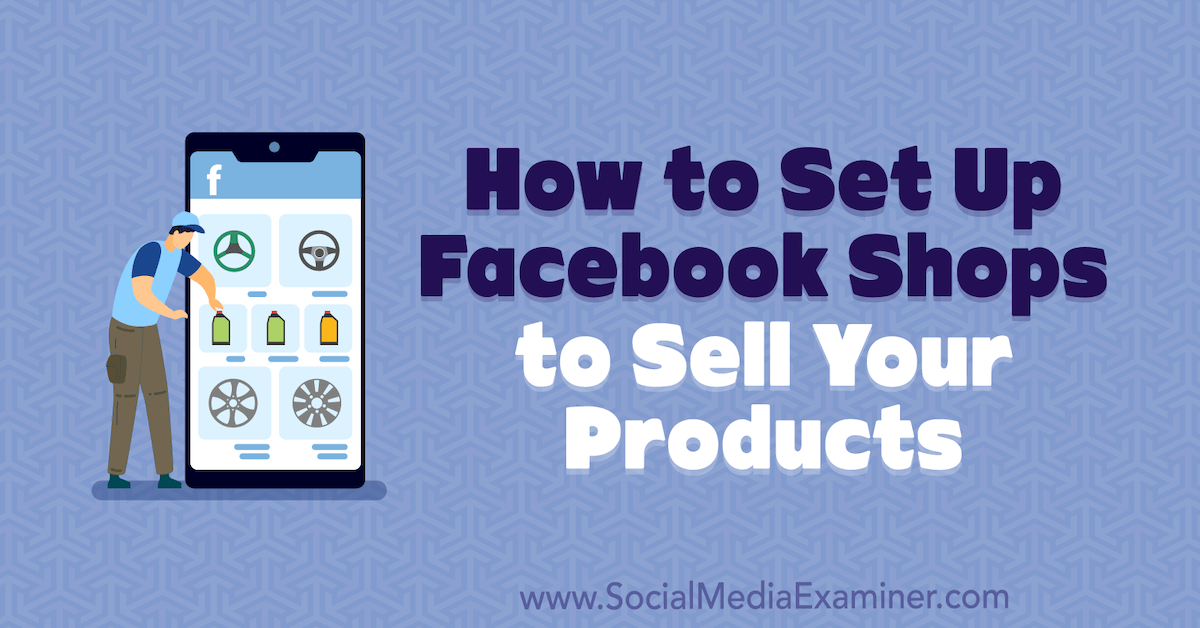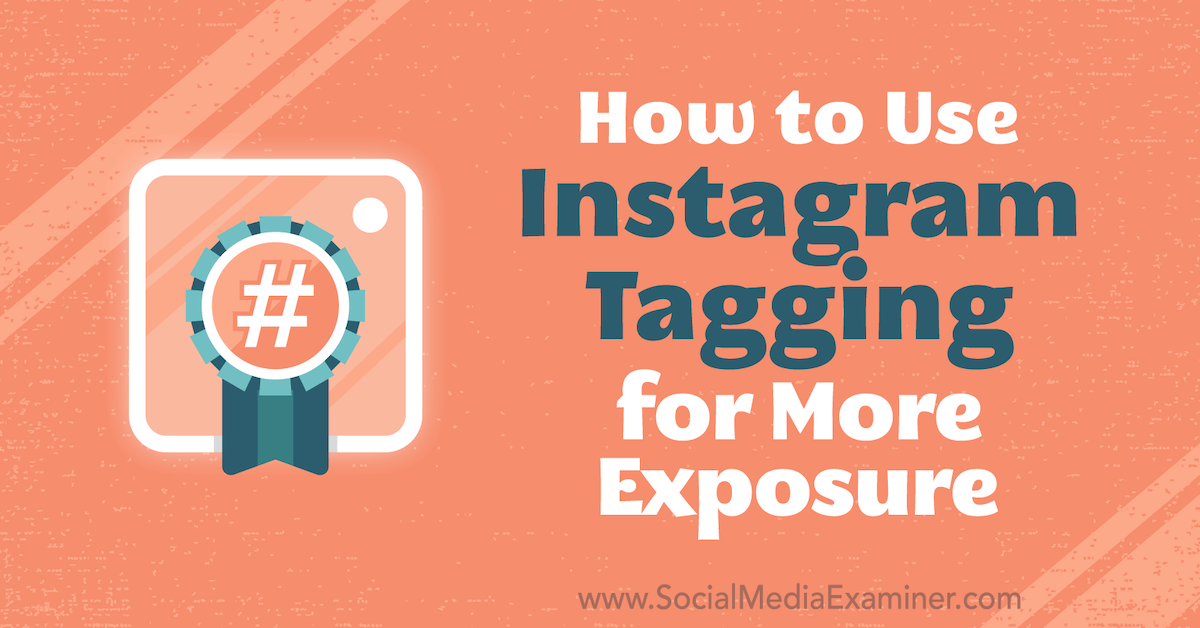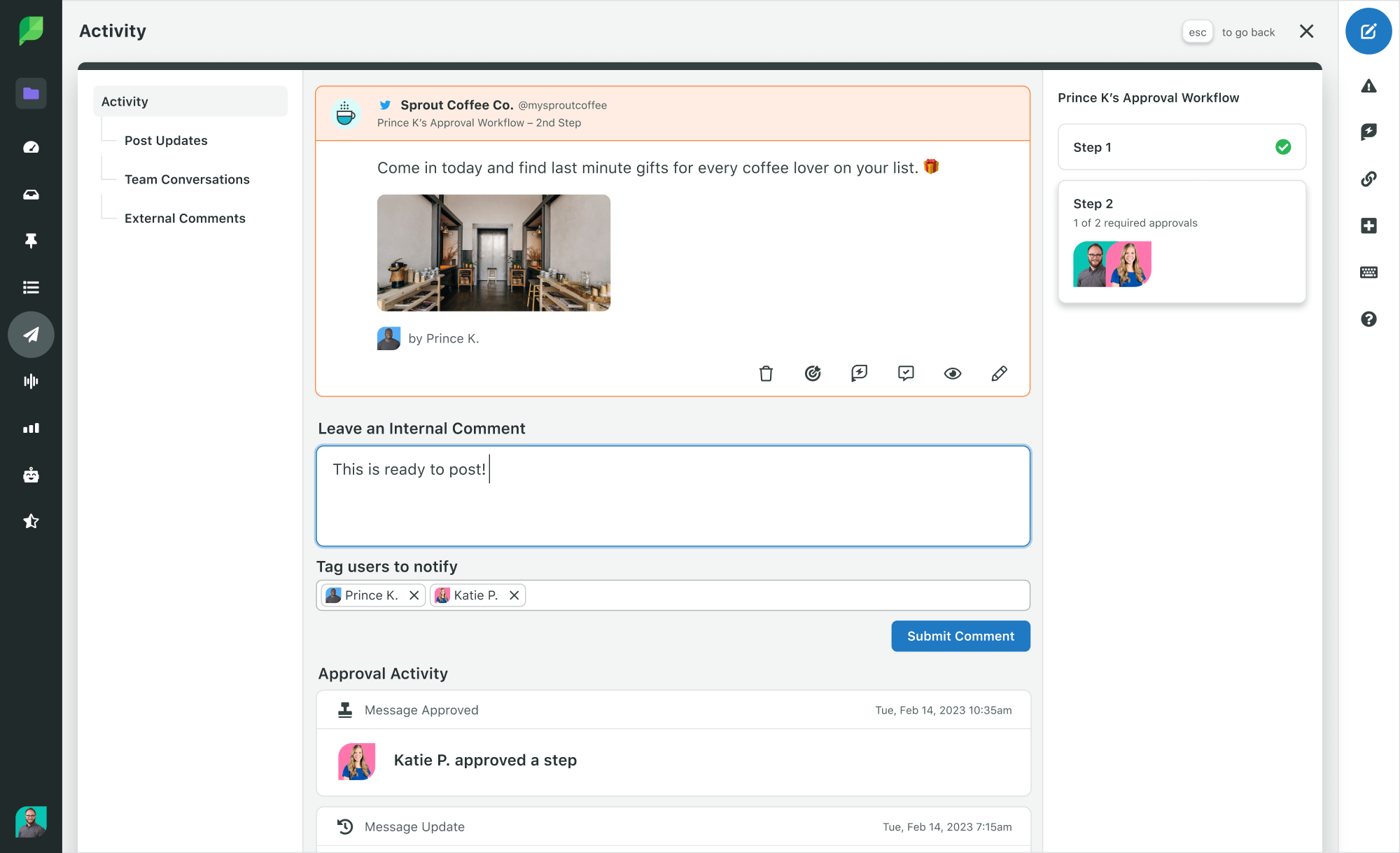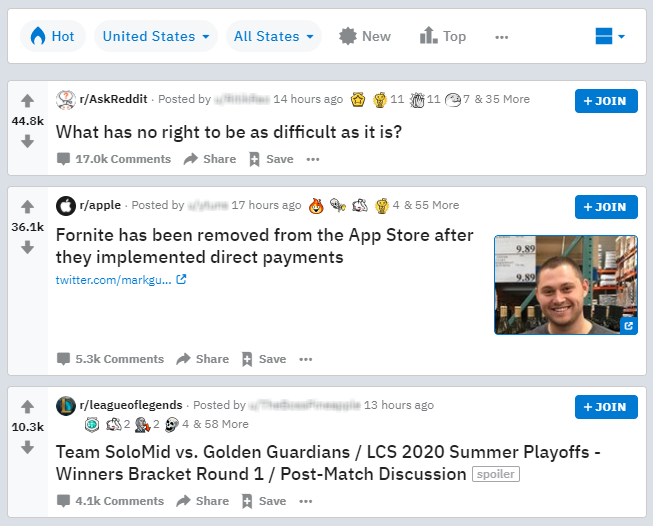With the COVID-19 pandemic limiting travel and crowded in-person gatherings, virtual conferences and events have replaced their in-person counterparts. Rather than these disruptions slowing planning down, it seems like there are more events than ever, between webinars and launch events and industry conferences.
Because of how common these virtual events are now, preparation and an established strategy are key to standing out from the crowd. Virtual events are not a new concept. Direct-to-consumer businesses often have digital-only product launches and social media features only make these easier and easier.
If you’re hosting a virtual conference or event for the first time, arm yourself with these tips for a successful experience.
Types of virtual conferences & events
A good deal of in-person events can be converted to digital experiences as long as you put in the necessary planning ahead of time. Industry conferences that are heavy with presentations and speakers work in a virtual setting but you’ll also have to give some thought to how the usual networking piece of an in-person event will work virtually. People go to these types of events partially for impromptu conversations and satellite networking events that arise.
Beyond industry conferences, we’ve seen plenty of examples of virtual events including festivals, concerts, product launches, company gatherings and even happy hours. There’s a virtual alternative available for almost every type of event out there.
1. Budget, budget, budget
Just because it’s a virtual event now doesn’t mean you can throw out your budget. Yes, you’ll be able to save on the printing, in-person tech support, venue reservation and signage but don’t scratch out marketing entirely. Virtual events do have a lower overhead than in-person ones but the more activity and attendance you have, the more you’ll need to budget for, especially for the supporting technology.
Replacing an event venue is the software or app you’ll use to host the event. The number of participants, both speakers and attendees, and your desired level of interaction will determine the type of management platform you’ll use. Some events have taken place entirely on Instagram Live while others are pre-recorded videos that are released at scheduled times.
Sponsorship is a major part of event planning so if you want to still send swag out or host virtual happy hours, be sure to tweak your sponsorship plan to what a virtual event might need. That in-person store that was going to be at the event? It can now be an online dropship store with special deals or offerings for attendees..
Other budgeting items you’ll need to consider that are related to virtual events include: heavy social media promotion, live captioning, comment moderation and hosting videos and documents after the event is over. Smaller events like webinars and all-day live streaming won’t need all of these, so review what you should prioritize and what you can cut from your budget.
2. Mix live streams & prerecorded videos
Deciding on your schedule and heading to talks you don’t want to miss are important parts of a conference. The benefit of a virtual event is that you’re usually able to watch talks that you miss. But then, what’s the point of attending if you’ll just be able to watch later? Beef up your events and make them more appealing to live attendees with fun live streams, virtual breakout rooms or discussion chats and other interactive material.
Prerecorded videos let your speakers off the hook for any technology issues and also allow for editing if needed. At the end of each of their sessions, you can have the speakers join in either on a live video or in the chatroom to answer questions, just like in an in-person event.

The California Academy of Sciences used to have a weekly NightLive event. Each event had a topic and included relevant speakers and demonstrations. During the pandemic, the museum converted these weekly events into Virtual NightLife and NightSchool, which are both live streaming events that mirror their in-person ones. Having these on Facebook Live encourages comments and also saves the video for future participants to watch.
Livestreams, whether on Facebook Live, Instagram or another streaming platform, are a lot more interactive for everyone and a value-add if attendees need to pay to attend.
Mixing the two types of videos up in one event makes it fun and memorable, overcoming the staleness factor that strictly prerecorded videos can have.
3. Prepare your speakers
For an entirely virtual event, make sure your speakers are fully prepared. Larger events should do test runs for internet speed, comfort level with the technology and mic checks. Livestreaming and using whichever event platform you choose might be a new experience for your speakers so it’s best to prepare them for what they might encounter. Will they be required to moderate the comments themselves? Do they need to share their screen for a slide presentation?
Some common scenarios to prepare for include:
- Finding the best physical environment for your speaker to minimize interruptions and have clear sound. Test, practice and prepare equipment to ensure that all speakers will be broadcasting at about the same sound level to avoid surprise volume changes for viewers.
- If sharing a screen or live stream, tips on what to turn off on your computer, such as putting all notifications on hold.
- To comment or not to comment? Ideally, you’ll have a separate person who is moderating the comments so the speaker can focus on their talk. Either way, make sure they’re familiar with the event’s code of conduct and how to handle offensive commenters
- Technology woes. What happens if the speaker’s tech fails them or the software glitches or their slides aren’t working? Have backup plans ready for all these possible issues.
Lastly, speakers are another source of promotion for your event. You want them to advertise their talk so their current audience will feel like the event is worth attending. To make this easier on speakers, prepare several promotional materials in ideal social media sizes and suggested captions. This way, all they have to do is schedule the content and paste in the captions.
4. Set expectations for attendees
Whether it’s a large industry conference or a single topic live stream, you need to effectively communicate what attendees should expect. It stinks to set aside time to attend an event only to realize that the topic is too broad or geared for a different audience. Be clear in what the event is and who it is for. How does it stand out from all the other virtual events out there?
If you’re converting an in-person event to virtual, then you should talk about how the major features will look online. What does a welcome reception and keynote speaker portion look like for attendees? Just like any event, publish a schedule. Let them know if it’s prerecorded, if comments are available, if the presentation will be saved and what interaction will look like. Will attendee videos be on or off? Are hashtags available so live-tweeting or supplementary Twitter chats are possible?
The #ComicConAtHome watch parties powered by @Scener continue with today’s featured watch party, ‘Battle Beyond the Stars’ at 6pm PT / 9pm ET. Join your fellow Con-goers in watch parties all throughout the day! See the full watch party schedule here: https://t.co/XtL6Wt1keb. pic.twitter.com/ovOauK5ozc
— San Diego Comic-Con (@Comic_Con) July 24, 2020
Comic-Con, an event that has historically attracted more than 130,000 attendees, went all virtual in 2020. To replicate the in-person experience, the event scheduled competitions, plenty of talks, an online exhibit hall, watch parties and more.
Make it very easy for attendees to build an event schedule and have the right links to head to when it’s time to attend. If an event platform is being used, send out guides on how to use it and if downloads are necessary. Accessibility features like live captioning and translations should also be taken into consideration. With a virtual event, you have the option of expanding your attendance base and effectively generating more potential leads and meaningful engagement. Those who couldn’t travel to the event can now attend the virtual one.
Lastly, set aside networking time, especially if it’s an industry conference that usually has this component. Sponsor-hosted happy hours, one-on-one speed conversations and topical breakout rooms are ways to encourage networking. For whichever platform you decide to host the event on, encourage attendees to fully fill out their profile so they can more easily connect with industry colleagues.
5. Plan the promotion: Before, during & after
Marketing, especially on social media, will be a big portion of your preparation. Paying for social media ads are a must-have for digital events but don’t forget about event landing pages and newsletter sends. Events like Sprout Sessions Digital 2020 have a full promotional schedule that starts before the event. The effort doesn’t end with the day of the event either–virtual events supply plenty of opportunity to repurpose livestream and digital content for weeks after the fact.
Luckily for you, virtual events make it easy to track your ROI. Between social media listening, keyword and tag analytics reports and digital advertising analytics, you’re set on knowing how well your campaign is performing.
#MozCon Virtual featured some of the top industry leaders in PR. @ShannonMcGuirk_ challenged the desire for virality over consistency in her presentation about digital PR campaigns.
Purchase the #MozCon video bundle today & watch Shannon's presentation:https://t.co/nRhoeHscBR pic.twitter.com/fMN8fwJYg7
— Moz (@Moz) August 18, 2020
MozCon, an in-person event, went digital in 2020. The landing page is clear in what attendees can expect from the virtual aspect. Even better, their post-event promotion includes a paid video bundle that you can purchase if you missed out on attending.
Hosting virtual events that have video sessions means you now have a treasure trove of content available to you. Repurpose the content into other formats like podcast episodes, quote graphics and longform articles.
After the event is over, thank everyone involved and use followup surveys to understand what you can work on for next time. These survey results can also become testimonials for next year’s event promotion.
Conclusion
Planning and preparation are pillars of hosting a successful virtual conference or event. When everyone involved–speakers, attendees, moderators–know what to expect and how to participate, it makes for a much smoother experience. Virtual events have the benefit of being lower cost, wider audience attendance and easy to track analytics but it doesn’t mean you should skimp on other necessary items.
The field of virtual events is getting more crowded by the year so you need to effectively communicate why yours is the one to attend and not the others. Extra features like live streams and live Q&As will increase attendee participation.
Excited to host your own virtual conference or event but need some inspiration? Use social listening to see what topical gaps can be filled.
This post 5 Tips for hosting a successful virtual conference or event originally appeared on Sprout Social.
from Sprout Social https://ift.tt/2jKsezd
Do You Know You Can Buy Instagram Followers from SocialKingMaker.com?
